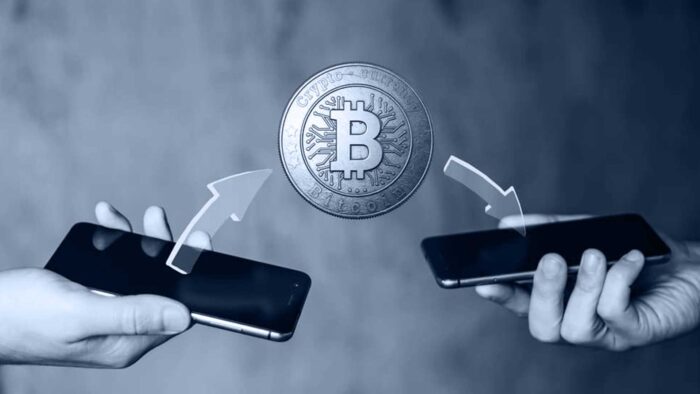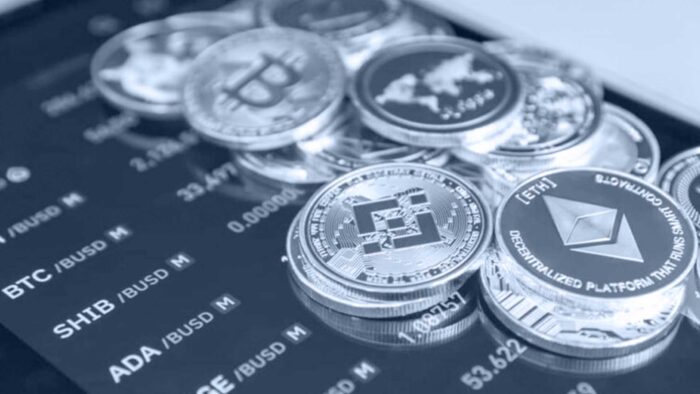
A Layperson’s Guide to Crypto Wallets
There’s an old adage that says: “The best time to invest was 20 years ago. The second best time is now.” Essentially what this means is that if you want growth and prosperity in the future, the best time to act is now. Hindsight being what it is, we can always look to the past and say “coulda, shoulda, woulda”. And this is exactly what’s happening now for those who don’t currently have crypto wallets filled with digital currencies.
Very rarely are we aware of when is the best moment to act. One could easily argue that we are currently living in such a moment. Crypto assets have been on the rise for some time now.
At the end of last year, the global crypto market capitalisation was $2.21 trillion. In the first year of the pandemic, the global crypto market skyrocketed by nearly 900%. In that same timeframe, Bitcoin grew tenfold. At the state level, bills have been introduced to accept crypto as legal tender. And with the recent news that the US is looking into regulating crypto with consumer protection as its focus, more people will likely feel more safe wading into the waters.
It is clear that this is the moment to strike while the iron is hot, so to speak.
What are crypto wallets?
A key component of investing in cryptocurrencies is owning one or several crypto wallets. They are, essentially, what they sound like. A place to store your cryptocurrency and digital assets.
Whenever you engage in a transaction involving crypto, it is very similar to any other electronic transaction. Take for example, when you make a purchase using your credit card. You select your items, put in your address and credit card number, and a few days later, voilà: another collectible knick knack shows up on your doorstep. No one is judging you.
The point is, the only real change is on your credit card balance. There was no physical exchange of money. The same concept applies to crypto wallets. Whenever you engage in a transaction with your digital currencies and coins, the balance in your wallet goes up or down accordingly. For security, there is a two-factor authentication process involving a public key and a private key. These are analogous to your email address and password respectively. You share one, but not the other.
Hot and cold wallets: what’s the difference?
There are two types of wallet: the Hot wallet and the Cold wallet, and each version offers a different range of benefits to clients. Hot wallets are online storage. The name of the game here is convenience. These are great for active traders, but can (and sometimes do) suffer from the same online attacks that all any website or browser can be exposed to. Hot storage wallets can be vulnerable to hackers and data breaches.
By using this type of digital wallet, you can complete your transactions fairly quickly from pretty much any device with an internet connection, and while there are lots of security features, at the end of the day, completely eliminating risk is an impossibility. All we can do is minimise it.
Cold Wallets are physical storage, also known as a hardware crypto wallet. They mostly come in the form of a USB drive. This method is engineered with security as its cornerstone. You can only access your crypto while the cold storage wallet is connected to your computer. They are difficult to hack and have proven themselves to be a good theft deterrent and secure storage for most users. They are, however, very inconvenient compared to hot wallets.
With cold cryptocurrency wallets, you expose yourself and any asset that you own to a different kind of risk: human error. Falling for a phishing attack can happen to anyone, as social engineering gets more and more difficult to navigate. However, easily the biggest risk to your tokens with a cold wallet is losing it. With hot wallets (or a software wallet), you can usually regain access to your crypto with a seed phrase. With cold wallets, losing them is the same as losing a billfold full of cold, hard cash.
Rather than try to choose between the two, the best practice might be somewhere in the middle. Most folks are at the very least familiar with the concept of having both a savings and a checking account. You keep most of your money in savings and you use checking for transactions. It may be most prudent to keep most of your crypto on a cold wallet and use hot wallets for more active crypto transactions. Just be sure to not lose that USB drive as you may lose total access to the custodial wallets stored on the device.
The main goal of this write-up was simplicity. There is a lot of information on cryptocurrency, crypto exchanges, and crypto wallets and plenty of guides out there to help you better understand the differences and nuances between all the options available to you. Hopefully, this proved to be a solid starting point when it comes to learning more about the topic.







